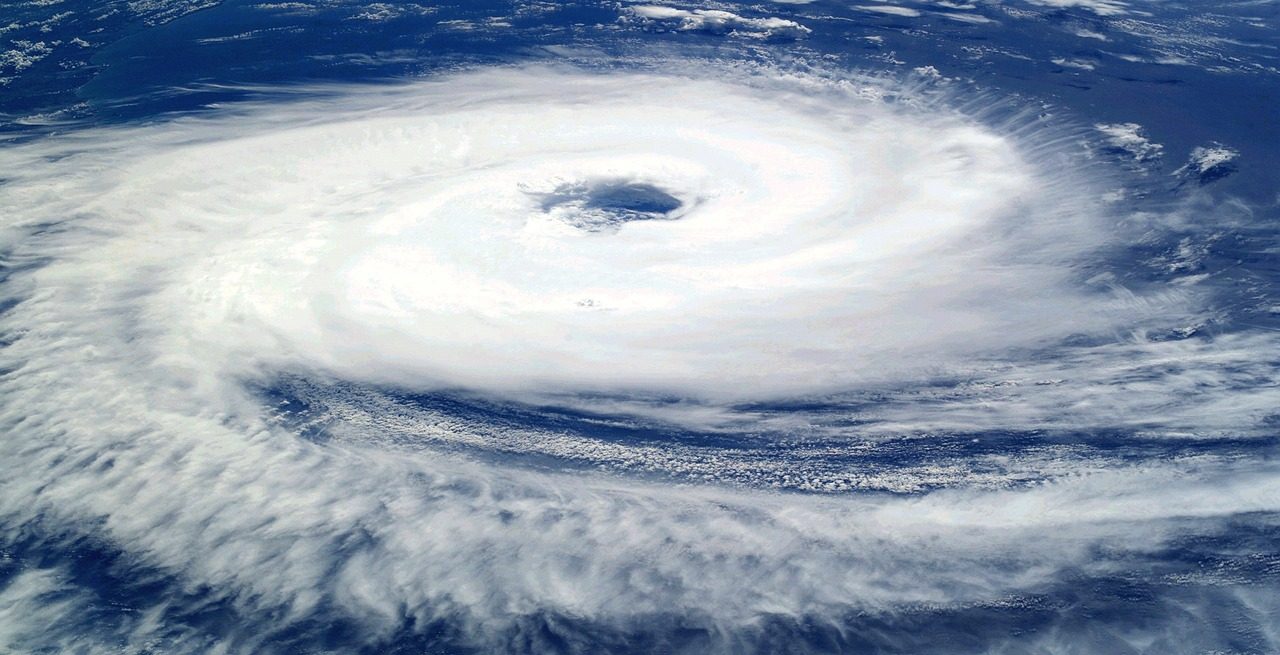How QSR Technology Helps Communities Rebound After Hurricanes
3 Min Read By Misty Berlin
There's something deeply reassuring about seeing the lights come back on at your local McDonald's after a hurricane tears through your community. We saw this play out just weeks ago when Hurricane Milton swept through Florida in early October 2024, following closely on the heels of September's Hurricane Helene. In these moments, quick-service restaurants become more than just places to grab a quick meal – they transform into familiar landmarks, instilling hope and reassurance during the recovery process.
When communities begin piecing themselves back together after severe weather events, QSRs like McDonald's, Wendy's, and Starbucks often find themselves serving a purpose beyond their usual role. Sure, they're vital when grocery stores are closed or running low on supplies, but they also provide something less tangible: a slice of normalcy when everything else feels uncertain.
Technology Supporting Resilience in QSRs
What many people don't realize is that getting these restaurants back up and running isn't just about determination – it requires some seriously robust technology working behind the scenes. These systems have evolved to handle just about anything nature throws their way, helping restaurants quickly jump back into action when communities need them most.
Think about it: After Hurricane Milton hit, seeing those familiar golden arches light up again gave people a moment to catch their breath, grab a hot meal, and connect with neighbors going through the same experience. It's a small comfort, but sometimes those matter most.
Drive-Thrus and Digital Menus that Withstand the Storm
The technology that makes this quick recovery possible has gotten pretty sophisticated over the past few years, especially as severe weather events have become more frequent. Here's what's working behind the scenes:
Take drive-thrus, for instance. During Hurricane Helene's aftermath, these became essential lifelines, letting restaurants serve food while their dining rooms were still being repaired. Today's drive-thru systems are built like tanks – they can handle heavy rain and wind and keep running even when other systems are down.
Digital menu boards have become equally rugged. These aren't your standard TV screens – they're engineered to stand up to hurricane-force winds and torrential rain. Plus, restaurants can update them remotely when supplies run low, or prices need adjusting, which is crucial during those unpredictable post-storm days.
The Power of Cloud-Based Operations
Perhaps the most impressive advances are in cloud technology. When Milton knocked out power across several communities, restaurant managers could still keep tabs on their stores using cloud-based systems, even from evacuation zones. This meant they could track inventory, shift resources around, and coordinate reopening efforts from anywhere with a cell signal.
The same goes for payment systems. Modern POS terminals can now run on backup power and temporary internet connections, letting staff keep serving customers even when local networks are spotty. During Helene, several restaurants managed to keep their card readers running using nothing but mobile hotspots.
Strengthening Community Bonds in Tough Times
But here's the thing – all this technology wouldn't mean much without the dedicated employees who show up to work in challenging conditions. They're the ones who make these systems truly effective, driven by a genuine desire to help their communities get back on their feet.
The bond between a community and its local QSRs grows stronger during these times. When people see their neighborhood Starbucks or Wendy's spring back to life after Helene or Milton, it's more than just convenient – it's comforting. These places become natural gathering spots where neighbors can share updates, charge their phones, or just enjoy a moment of peace with a familiar cup of coffee.
Preparing for an Uncertain Future
As we face worsening extreme weather events, quick-service restaurants keep upgrading their technology to stay resilient. It's not just about selling food anymore – it's about being there when communities need a sense of stability. Those storm-proof menu boards and cloud systems do more than keep the business running; they help maintain a small but important piece of normal life during abnormal times.
The investment these restaurants make in disaster-ready technology sets an example for other businesses. It shows how preparing for the worst while hoping for the best can make a real difference in community recovery. For locals dealing with the aftermath of storms like Milton and Helene, knowing their regular coffee stop or lunch spot will be back up and running as soon as possible provides just a bit more certainty during uncertain times.


